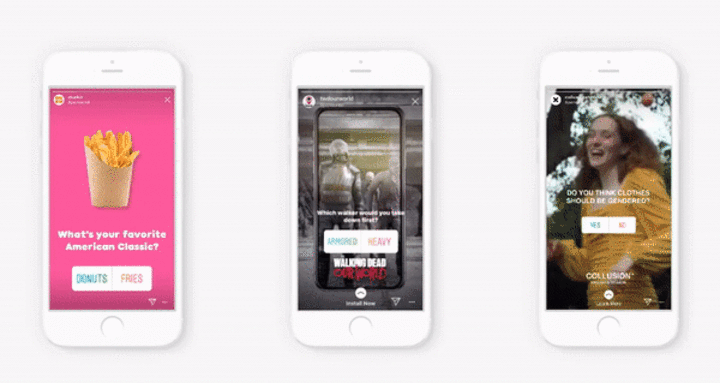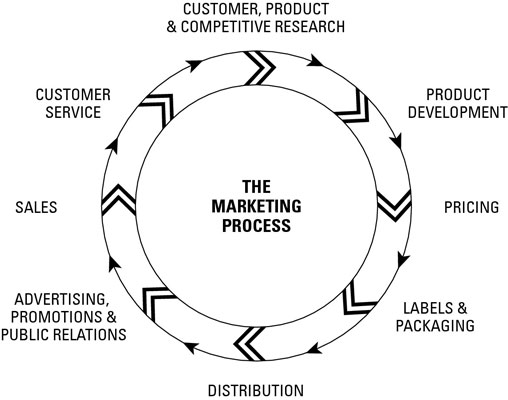
Google Ad Manager is a tool that allows you to manage all your ads. Its features include creating custom reports and reporting templates. It can also be used to assign access points and manage accounts. You can use this tool to create and manage ads units. These are spaces on your website that can display advertisements. You can also define the format and size of your ad unit. The tool generates a code fragment that you can use to place the ads on your website.
Google Ad Manager: UI
Google Ad Manager provides a simple, intuitive user interface. It has a simple, clear layout that allows you to easily view all elements of your advertising campaign from one screen. Besides the main UI elements, you can also view additional information to make your ad campaigns more effective.
Google Ad Manager now has a redesigned and updated UI. Although the new interface might seem confusing at first, there are still some old features available. For instance, you can still link AdSense and Ad Exchange accounts. If you want to use third-party ad networks, you will need authorization as a Service User.

Features
Google Ad Manager allows you to easily create and manage your ads. Its features include custom reporting, video solutions, audience solutions, and direct support from Google. You can also manage your accounts and create access points. The software makes it easy to manage and track the results of your ad campaign. You can use the tool to track the number of visitors clicking on your ads.
Google Ad Manager's team function is another useful feature. It allows you and your employees to manage their accounts. For companies or marketing agencies that manage multiple advertising accounts, teams are extremely useful. For large companies, however, it is best to hire an in-house expert to manage all the ad accounts.
Reporting tools
Google Ad Manager provides many options for reporting on your campaigns. You can create reports by date ranges such as week, quarter, month, and any other. You can also filter results based on dimension. The system allows you to schedule reports, and even share them with others. You can also export reports to Excel or CSV.
You can also create ad-hoc reports with the Ad Manager API. These reports come with tooltips which explain each column or dimension.

Google Ad Manager 360 - Cost
Google Ad Manager 360 is a leading ad serving platform that allows publishers to manage inventory and create ad campaigns, as well as pull reports and manage bids. The tool can be used by publishers for no cost, although publishers will need extra impressions. To see if a publisher qualifies for a discount, contact your Google sales representative.
It has many advantages, including its integration with Google Analytics and granularity. Ad Manager 360 can be linked to Google Analytics for dynamic reporting. However, this integration requires the use of both products and requires that the user have the 360 version of both.
FAQ
Is it possible to get traffic for free?
Free Traffic refers to the traffic that comes directly from organic search results without paying for ads. This type is known as natural, or organic traffic. There are many ways to get free traffic, such as article marketing, social media marketing, blogging, etc.
Article Marketing is an excellent way to generate free traffic. Paid ads are more expensive than the CPC. Article marketing is also known as content marketing.
Social Media Marketing: Social media sites such as Facebook, Twitter, LinkedIn, and LinkedIn make it easy to promote your company through advertising. These sites allow you to update, share photos, and develop relationships with people who could become customers. Many businesses choose to pay for ad space on social media websites because they want to reach a wider audience at a lower price.
Blogging-Blogging is another great way of generating free traffic. High quality content will draw people to your blog. Once you're attracting visitors, you can monetize your blog by selling products or services.
Email Marketing – Although email marketing was around long before the internet, it's still one of most effective ways to drive website traffic. Sending emails regularly is a good strategy to grow your list of subscribers and eventually sell them something.
Why not use social media advertising for your business?
Social Media Marketing is a way to reach customers on social media platforms such as Facebook and Twitter. These networks can be targeted with keywords.
Because this advertising method costs less online than traditional methods, it's more cost-effective. It also allows you to build strong relationships with your current and potential clients.
It's easy to start using social media to promote your business. All you need to get started with social media is a smartphone or a computer, and an internet connection.
What is radio advertising?
It is important to understand the interdependence of different media types. Remember that media can complement each other and are not necessarily competitive.
Radio is best used to complement television advertising. Radio can complement TV advertising by reinforcing key messages, and providing additional information.
Radio listeners often find TV commercials too lengthy. Radio ads are typically shorter and less costly.
What is an ad campaign?
Advertising campaigns are a series or advertisements that promote a product. This could also include the entire production of these ads.
"Ad" is a Latin word that means "to sell." Marcus Terentius Varro (116–27 BC), the first known user of the term "ad" used it to mean "to make sales."
Advertising campaigns are most often done by large agencies or businesses. Advertising campaigns can involve many media types, such as television, radio, print, and the internet.
Advertising campaigns usually last several months, and they have specific goals. Campaigns can be targeted at increasing awareness or sales, for example.
What does it mean to be an advertiser buyer?
Advertisers buy advertising space on television, radio, and print media.
Advertisers pay for the time their message appears.
They do not always look for the best ads, but are looking for the most effective to reach their target audience.
An advertiser might have information specific to their potential customers such as age and gender, marital status or occupation, hobbies, interests, income, etc.
This data can be used by the advertiser to decide which media is most effective for them. For example, they might decide that direct mail would be more effective with older audiences.
Advertisers also check out the competition. Advertisers may decide to place their ads in close proximity to similar businesses.
Advertisers also need to consider their budget size and how long they will spend it before it expires.
What should you know about internet marketing?
Internet advertising has become an integral part any business strategy. It allows companies reach potential customers at a very low cost. There are many options for internet advertising. Some are completely free while others require payment.
You can also advertise online using banner ads, pop up ads, search engine optimization, pay-per-click advertisements (PPC), social media marketing (e-mail marketing), and mobile marketing. Each method offers its own advantages and disadvantages.
Advertising what is it?
Advertising is an art. It's more than just selling products. It's about creating emotional connections between people and brands.
Advertising is about telling stories and using images to communicate ideas.
Communication must be clear and persuasive. It is important to share a story that appeals to your target audience.
Advertising is therefore distinct from other forms communication such as writing and public speaking.
By creating a successful campaign, you can create your brand identity.
This is how to be remembered. You are someone people remember.
Statistics
- Worldwide spending on advertising in 2015 amounted to an estimated US$529.43 billion. (en.wikipedia.org)
- It's 100% reliant on your website traffic. (quicksprout.com)
- Advertising's projected distribution for 2017 was 40.4% on TV, 33.3% on digital, 9% on newspapers, 6.9% on magazines, 5.8% outdoor, and 4.3% on radio. (en.wikipedia.org)
- Nonetheless, advertising spending as a share of GDP was slightly lower – about 2.4 percent. (en.wikipedia.org)
External Links
How To
How do I advertise with Google?
AdWords, Google's advertising platform, allows businesses to buy ads based upon keywords they wish to target. The first step is setting up your account. Select a campaign name and set the budget. Choose the ad type (text or image), and add keywords. Then you bid on those keywords. You only pay if someone clicks on your ads if they come from someone who searched for your targeted keywords. This way, you get paid even when people don't buy anything.
Google offers many tools that will help you make your ads more effective. These tools include Ads Preferences Manager and Keyword Planner. These tools allow you see which options work best for your business.
Keyword planners help you choose the keywords that will be used in your campaigns. It will also show you the competition for keywords and help you decide if you should spend money bidding.
Ads Preferences Manager is available to alter settings such as maximum number of impressions per calendar day and minimum cost per click.
Analytics allows you monitor and compare the performance to your ads against other companies. You can also view reports comparing the performance of your ads with others.